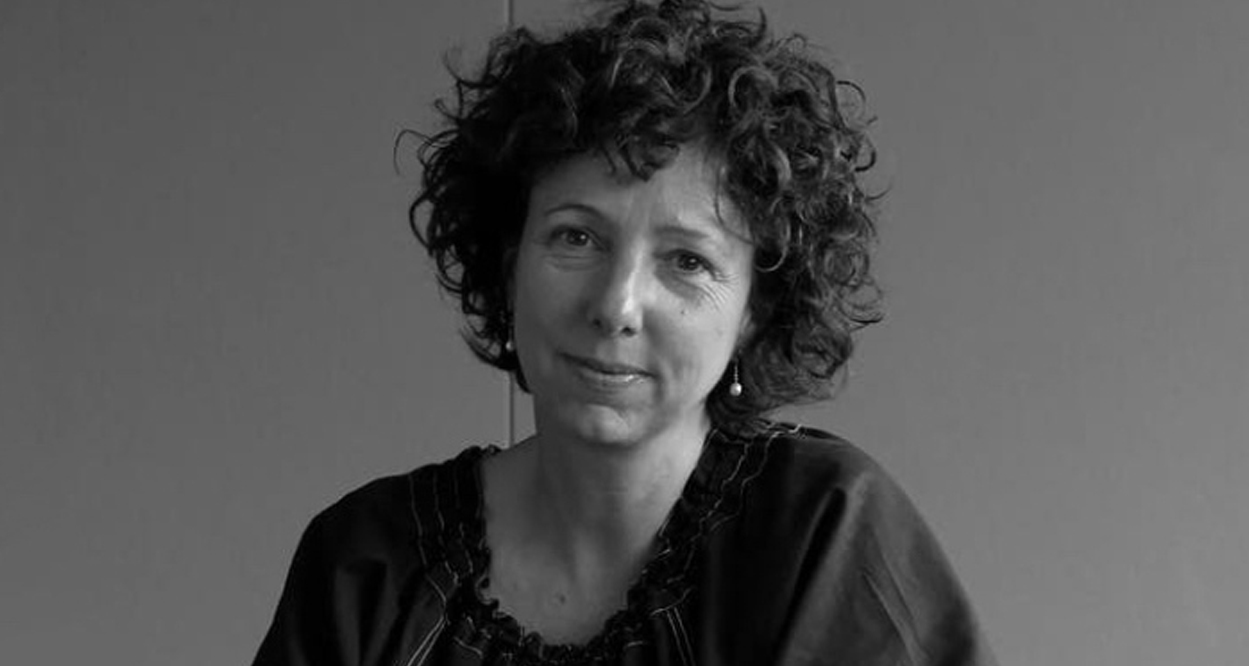
Michaela Webb—internationally recognised designer and co-founder of Studio Round—shares her expert advice and practical guiding principles on how to generate creative ideas.
Bad ideas shouldn’t scare you
I had a teacher in design school who used to say, “You’ll have 100 bad ideas. Just get them out quickly.” I think it was this advice that really etched in me my first real understanding of the design process. The journey to a great idea, concept or product is nearly always a difficult one; one that’s fundamentally flawed by nature of being essentially human, and sometimes, the first step is accepting that.
We always try to foster a culture where no one is afraid of a bad idea, and where everyone feels empowered to start from somewhere. What follows are some of our guiding principles around ideation that may make your path a little easier.
Purposeful intuition
We hear so often that great ideas don’t exist in a vacuum, and I think ‘purposeful intuition’ is Round’s way of articulating that concept in a design sense. So much so, it’s now become our overarching design philosophy.
The application of purposeful intuition is a valuable steering tool in the creative process because it’s a reminder to look from the outside in, and inside out at a concept. It also requires that we balance tensions like tenacity with understanding, intent with awareness, and determination with perception to ensure we’re arriving at something ‘humanly’ intelligent.
Practically, it means going back to the strategy to check whether we’re achieving our original purpose, but also ensuring that the pragmatic is overlaid with the perceptive way we see the world. To put it simply, a great idea should be logical, it should meet the brief, but it should also ‘feel’ right and understand its position in the world.
A great idea should be logical, it should meet the brief, but it should also ‘feel’ right and understand its position in the world.
The pursuit of simplicity
Great ideas are often incredibly (and sometimes deceptively) simple. While the ideation process can take you around the world and back again, be conscious of the simplest or most ‘obvious’ idea born in a brainstorm because it just might be the best. It could take you a week or a minute to stumble across it, but by deliberately pursuing simplicity, you’re able to weed through the hundred quicker.
Call on the collective
There’s great diversity in the backgrounds and skillsets within the team at Round and it’s something we use to our advantage in the creative process.
At the beginning of a project, rather than retreating into private, we call on the collective to come together, share thoughts, and make things happen. While people can wear certain ‘hats’ or excel in specific areas of design that make them seem right for the work, it pays to bring many different brains and energies together initially and see what happens.
Strategise first, then design
We always encourage our designers to create or analyse a strategy before diving into the design. While something may look beautiful, unless it fulfils a purpose per the brief, it may not be the right answer in the end. By developing a clear strategy first, you’ll define the parameters in which to work. And when it feels like the world is overripe with options, having a defined scope can be a significant time saver.